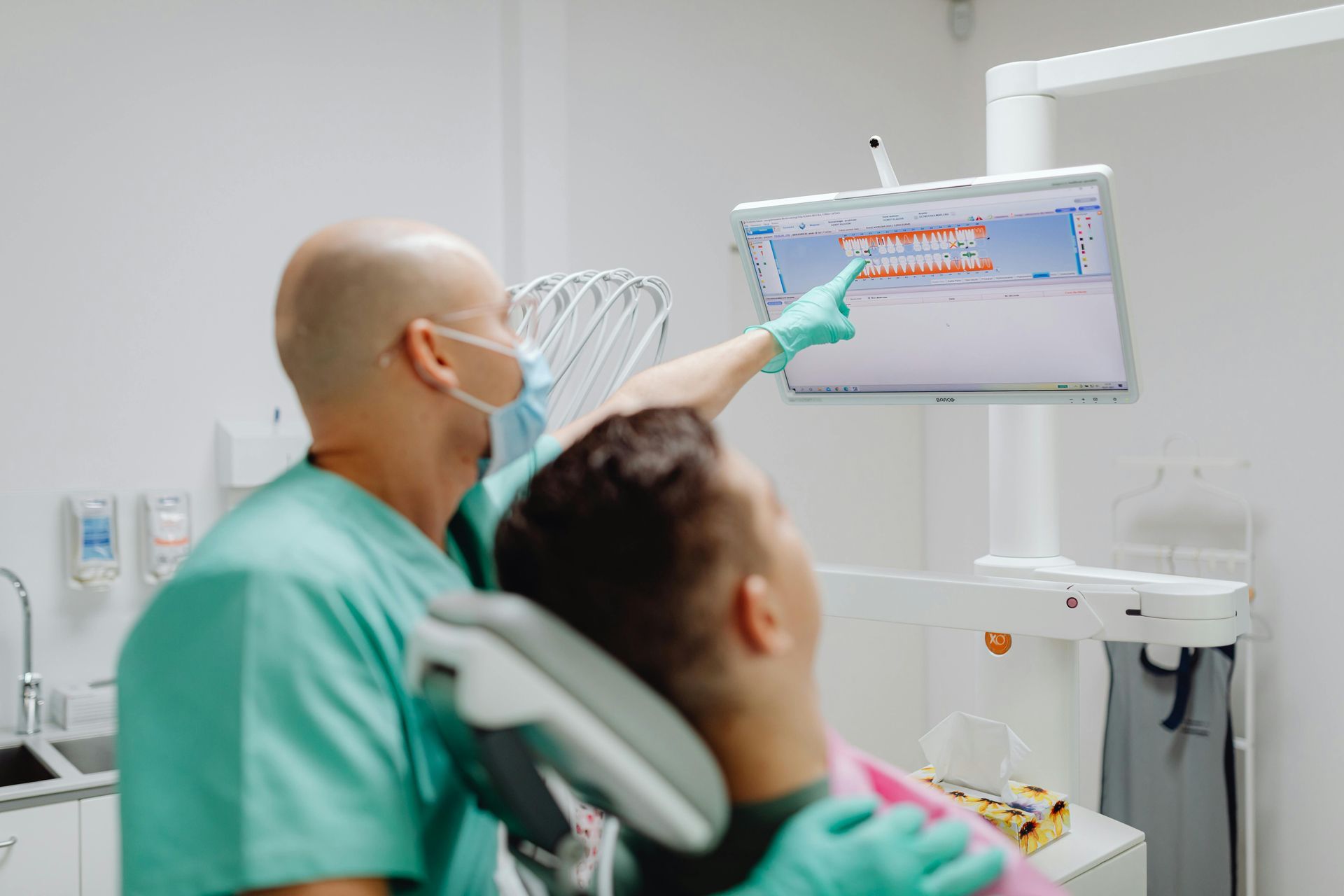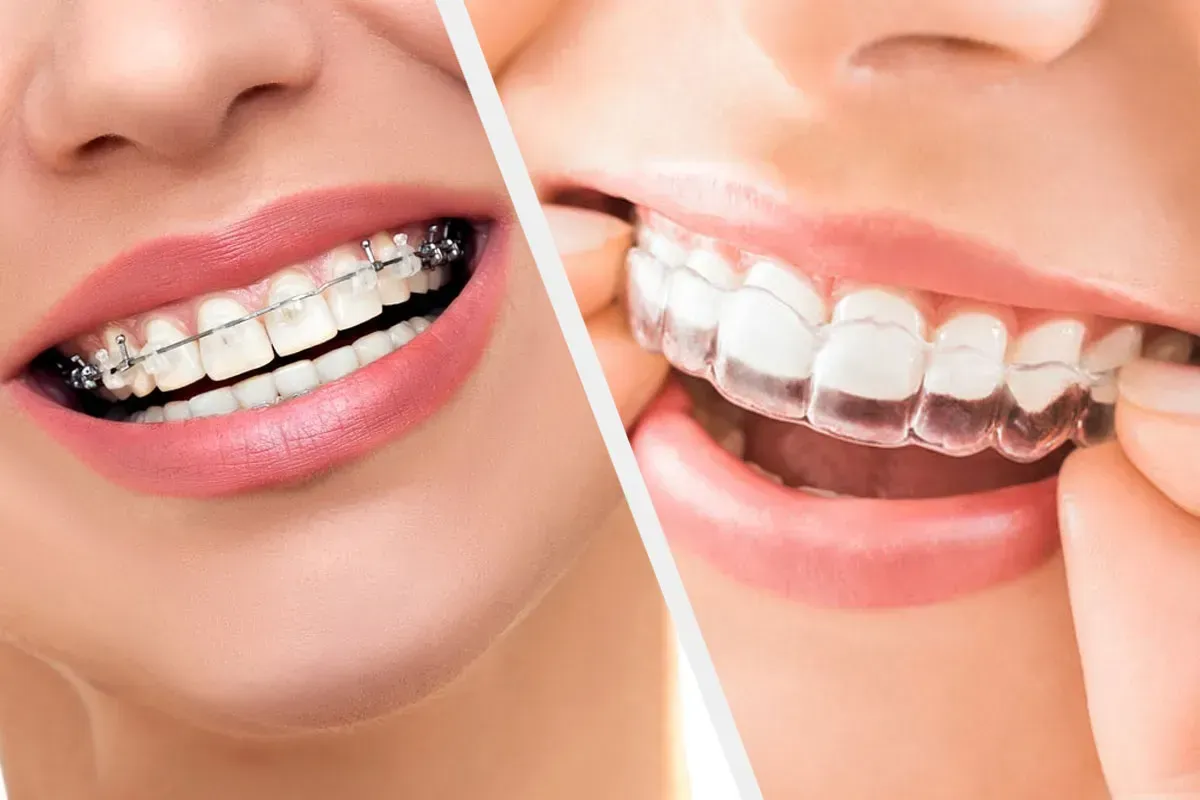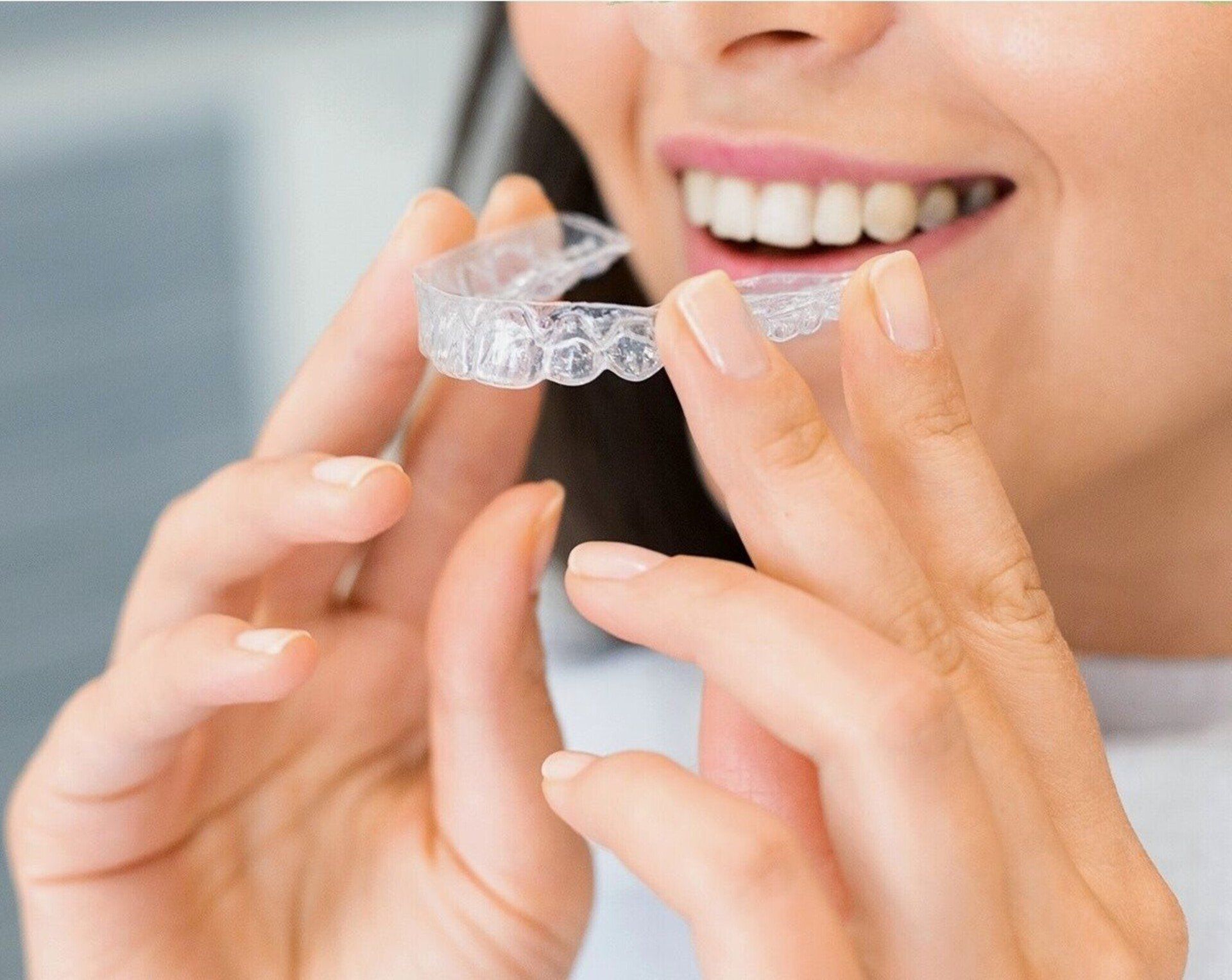The Benefits of Cosmetic Dentistry
How Cosmetic Dentistry Can Improve Your Quality of Life
Cosmetic dentistry extends far beyond the realms of vanity; it plays an instrumental role in enhancing the overall quality of life for individuals facing dental challenges. Dental procedures and cosmetic treatments are more than about achieving a striking smile; they resonate with emotional well-being, health benefits, and personal fulfillment. A broad spectrum of available treatments, advanced in nature, offer solutions to a host of problems—from discolored or stained teeth to misaligned bite issues. Whether it’s dental veneers for a more uniform smile or dental crowns to repair damaged teeth, the transformative power of cosmetic dentistry is undeniable. It helps individuals regain confidence, ensures oral functionality, and resolves aesthetic concerns, culminating in a positive impact that pervades numerous aspects of daily life.
Enhancing Self-Confidence and Self-Esteem
A radiant smile can be a pivotal asset in boosting self-confidence and self-esteem. Cosmetic dentistry procedures such as teeth whitening, dental bonding, and porcelain veneers can correct discolored teeth, offering a brighter smile that becomes a source of pride. The psychological impact is substantial—patients often report increased sociability, willingness to smile in public, and an overall improved perception of their image. These benefits cascade into professional and personal interactions, where a beautiful smile acts as a non-verbal cue of friendliness and approachability. Cosmetic dentists understand these nuances and are dedicated to providing treatments that enhance not just the aesthetics of teeth but also the confidence of the patients wearing them.
Improving Oral Health and Function
Oral health is intrinsically linked to the well-being of one’s entire body. Cosmetic dentistry treatments, while aimed at improving the appearance of the teeth and gums, also enhance oral function and health. Procedures such as dental crowns not only restore the shape of damaged teeth but also protect against further decay, maintaining healthy teeth and supporting oral hygiene. In cases involving gum disease or the realignment of crooked teeth, cosmetic interventions can lead to better chewing functionality, reduced strain on the jaw, and a decreased risk of further dental issues. It is a common misconception that cosmetic procedures are solely aesthetic when, in reality, they contribute significantly to the maintenance and improvement of oral health.
Correcting Dental Imperfections
The correction of dental imperfections speaks to the core of cosmetic dentistry. Patients with a wide range of issues, such as gaps between teeth, crooked or misaligned teeth, or chipped and damaged enamel, can find solace in the variety of treatments available. Porcelain veneers, for instance, are custom-made shells that not only provide white teeth but also cover imperfections and strengthen the teeth structure. Dental bonding is another versatile technique used to correct chips and cracks, which can also be used to fill small gaps. These corrective measures not only enhance dental aesthetics but also contribute to longevity and resilience, ensuring that corrective efforts are as much about function as they are about form.
Cosmetic dentistry, therefore, is not just about achieving a picturesque smile—it is about improving the overall quality of life. By embracing these treatments, patients can enjoy a harmonious blend of beauty, health, and functionality.
Common Cosmetic Dentistry Procedures
Cosmetic dentistry has revolutionized dental care, offering a plethora of procedures to address various dental imperfections. This branch of dental science caters to patients looking to enhance their smile and improve their oral health. Amongst the wide range of cosmetic treatments, certain procedures stand out due to their popularity and effectiveness. This includes teeth whitening for stain removal, orthodontics to correct misaligned teeth, and dental implants for missing tooth replacement. Additionally, there are targeted treatments aimed at tooth restoration and aesthetic improvement, such as dental bonding, dental veneers, and dental crowns. Each procedure offers unique benefits and caters to specific dental issues, significantly improving patients' smiles and dental health.
Dental Bonding: A Quick and Affordable Solution
When it comes to minor dental imperfections, dental bonding is a go-to solution that's both quick and affordable. The process involves the application of a tooth-colored resin material, which is then shaped and hardened with a special light. It's particularly effective for repairing chips, cracks, and gaps, or for changing the shape of teeth. Because the treatment is minimally invasive and can typically be completed in a single visit, it’s an attractive option for those looking for immediate improvements without a hefty price tag.
Dental Veneers: Transforming Smiles
For a more dramatic transformation, dental veneers are thin, custom-made shells designed to cover the front surface of teeth. Usually made from porcelain or composite resin, veneers are adept at tackling discolored, worn down, chipped, or misaligned teeth. Their installation requires precision and customization, and the results can have a profound impact on the overall appearance of one’s smile. With proper care, veneers can last for many years, making them a long-term investment in your smile's beauty.
Dental Crowns: Restoring Teeth's Function and Appearance
Dental crowns are a reliable option when it comes to restoring both a tooth's function and appearance. These tooth-shaped "caps" are placed over a damaged tooth, fully encasing it above the gum line. Crowns come in a variety of materials, including porcelain, ceramic, and metal alloys, and are beneficial not only for their aesthetic value but also for strengthening weakened teeth. They're typically recommended for teeth that have undergone significant decay, fractures, or for restoring teeth after root canal therapy. Crowns represent a versatile and durable solution for a wide array of dental restoration needs.
Addressing Dental Issues through Cosmetic Dentistry
Cosmetic dentistry encompasses a multitude of procedures aimed at resolving various dental issues while enhancing the visual appeal of one’s smile. From eradicating stains that lead to discolored teeth to rectifying misaligned or crooked dentition—cosmetic dentistry treatments operate at the intersection of art and science. Expert cosmetic dentists assess individual dental concerns and deploy a battery of techniques, ensuring patients not only attain a beautiful smile but also improve their overall oral health. Each procedure, with its own set of advantages, is carefully tailored to address specific dental imperfections, ultimately contributing to a person's self-confidence and quality of life.
Fixing Discolored Teeth and Achieving Brighter Smiles
Teeth discoloration, a common dental issue, can significantly affect the confidence of one's smile. Cosmetic dentistry offers an array of solutions to achieve brighter smiles, starting with professional teeth whitening, which efficiently removes surface stains and restores teeth to their natural color. For more persistent or intrinsic stains, treatments such as porcelain veneers can provide a lasting solution. A routine of proper oral hygiene post-treatment is instrumental in maintaining the results, ensuring that teeth remain healthy and luminous for the long term.
Correcting Misaligned and Crooked Teeth
Misaligned and crooked teeth are not just a cosmetic issue; if left untreated, they can lead to oral health problems. Cosmetic dentistry addresses these imperfections through orthodontic treatments, which can include traditional braces or clear aligners, like Invisalign. These procedures not only straighten teeth but also improve bite function and ease of cleaning, which are crucial for maintaining long-term dental health. A uniform, orderly row of teeth is often seen as a hallmark of a healthy, beautiful smile.
- Traditional Braces: Metal or ceramic brackets connected by wires to adjust teeth's position.
- Clear Aligners: Custom-fitted, transparent plastic trays that incrementally move teeth.
Closing Gaps between Teeth
Gaps between teeth, medically known as diastema, can distract from the overall harmony of a smile. Cosmetic dentistry offers several treatments to close these spaces, ensuring a more uniform look. Dental bonding is a quick fix that uses resin to fill the gap, while veneers provide a more extensive solution covering the entire front of the gap-bearing teeth. Orthodontics can also realign teeth to naturally close the gaps. The choice of treatment depends on the size of the space and the patient's cosmetic goals.
- Dental Bonding: Application of resin and shaping to close gaps.
- Veneers: Comprehensive covering that can reshape the teeth and eliminate spaces.
- Orthodontics: Realignment of teeth to naturally close gaps.
With these treatments, patients can address the spaces between their teeth, achieving a cohesive, gap-free smile.
Choosing a Cosmetic Dentist: Finding the Right Professional for Your Needs
Finding the right cosmetic dentist is a crucial step in ensuring you receive the highest quality care and achieve the best possible results for your smile. Experienced cosmetic dentists not only enhance your appearance but also take into account your dental health and how the treatments will affect it. When choosing a professional, you should carefully evaluate their qualifications, experience, and the services they offer. It's essential to select a dentist who not only has a proven track record but also makes you feel comfortable and understands your individual needs.
Factors to Consider When Selecting a Cosmetic Dentist
When it comes to selecting a cosmetic dentist, there are several key factors to take into account:
- Accreditations and Education: Check for a dentist who has completed rigorous training and has accreditation from reputable institutions. Memberships in organizations like the American Academy of Cosmetic Dentistry often indicate that a dentist is committed to staying updated on the latest procedures and technologies.
- Experience and Specialization: Look for a dentist who has a wealth of experience in cosmetic procedures and specializes in the treatments you are seeking. A portfolio of before-and-after photos of their past patients can be a testament to their expertise.
- Technology and Facilities: Evaluate the technology and the facilities available at the dental office. Modern equipment and a clean, inviting environment contribute to the quality of care.
- Personal Comfort: Choose a dentist who you feel comfortable communicating with, who listens to your concerns and explains options in understandable terms.
- Reviews and Testimonials: Read feedback from former patients regarding not only the results but also their overall experience.
- Range of Services: Ensure that the dentist offers a wide range of cosmetic dentistry services so that all your needs can be met in one place.
- Convenience: Consider the location and office hours. Easy accessibility and appointment times that suit your schedule are important for your convenience.
- Costs and Payment Options: Understand the costs associated with the procedures you need and what payment or financing options are available.
- Post-Treatment Care and Follow-up: Inquire about the follow-up care you will receive after your procedure to ensure your results are lasting.
Reading Reviews and Testimonials
Reviews and testimonials are windows into the experiences of past patients and can provide valuable insight. They can indicate the level of patient satisfaction with both the cosmetic results and the service provided. When reading reviews, pay attention to comments about:
- The friendliness and professionalism of the staff
- The comfort and cleanliness of the clinic
- The patient's overall experience and satisfaction with their treatment
- The dentist’s ability to explain procedures and answer questions
- Any follow-up care given after the procedure
Remember that while reviews are important, one should also consider their personal needs and comfort when making a decision. It’s helpful to read a wide range of reviews to get a balanced picture of the dentist’s services.
By carefully considering these factors, you can choose a cosmetic dentist who is best suited to help you achieve a beautiful, healthy smile that enhances your confidence and quality of life.
If you are considering cosmetic treatment, call us today at 416-222-82-96 for a general review to discuss the best procedure for you.












